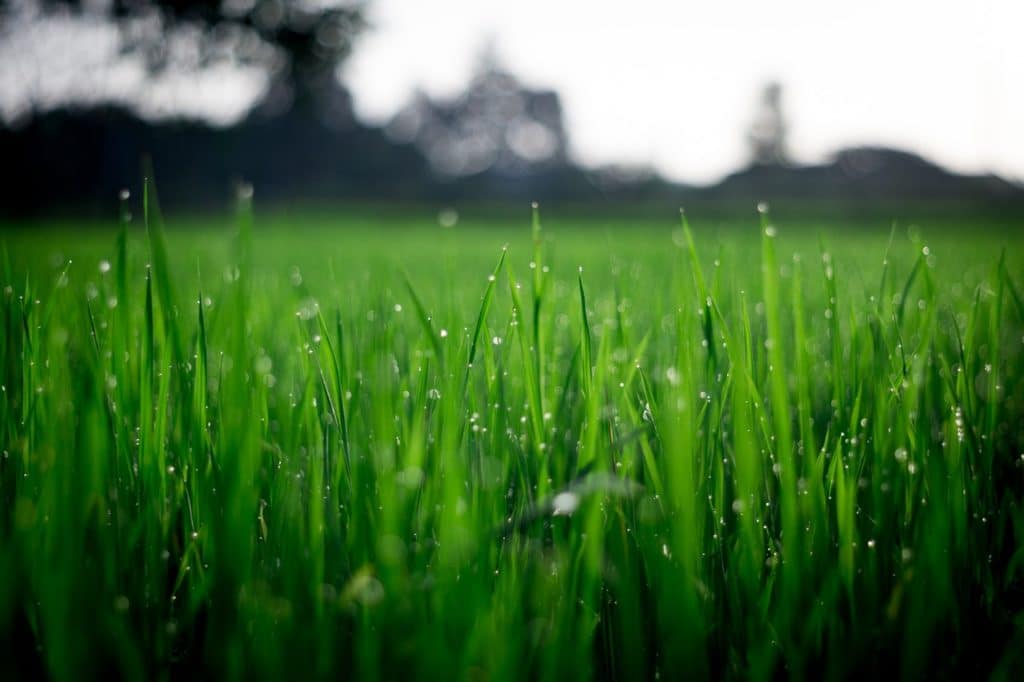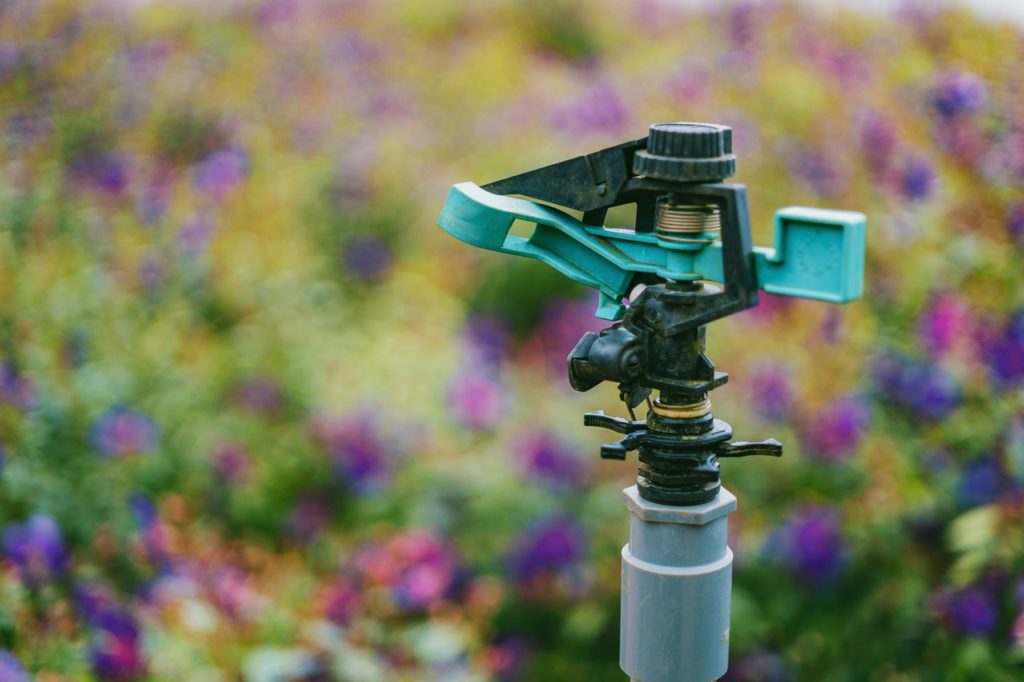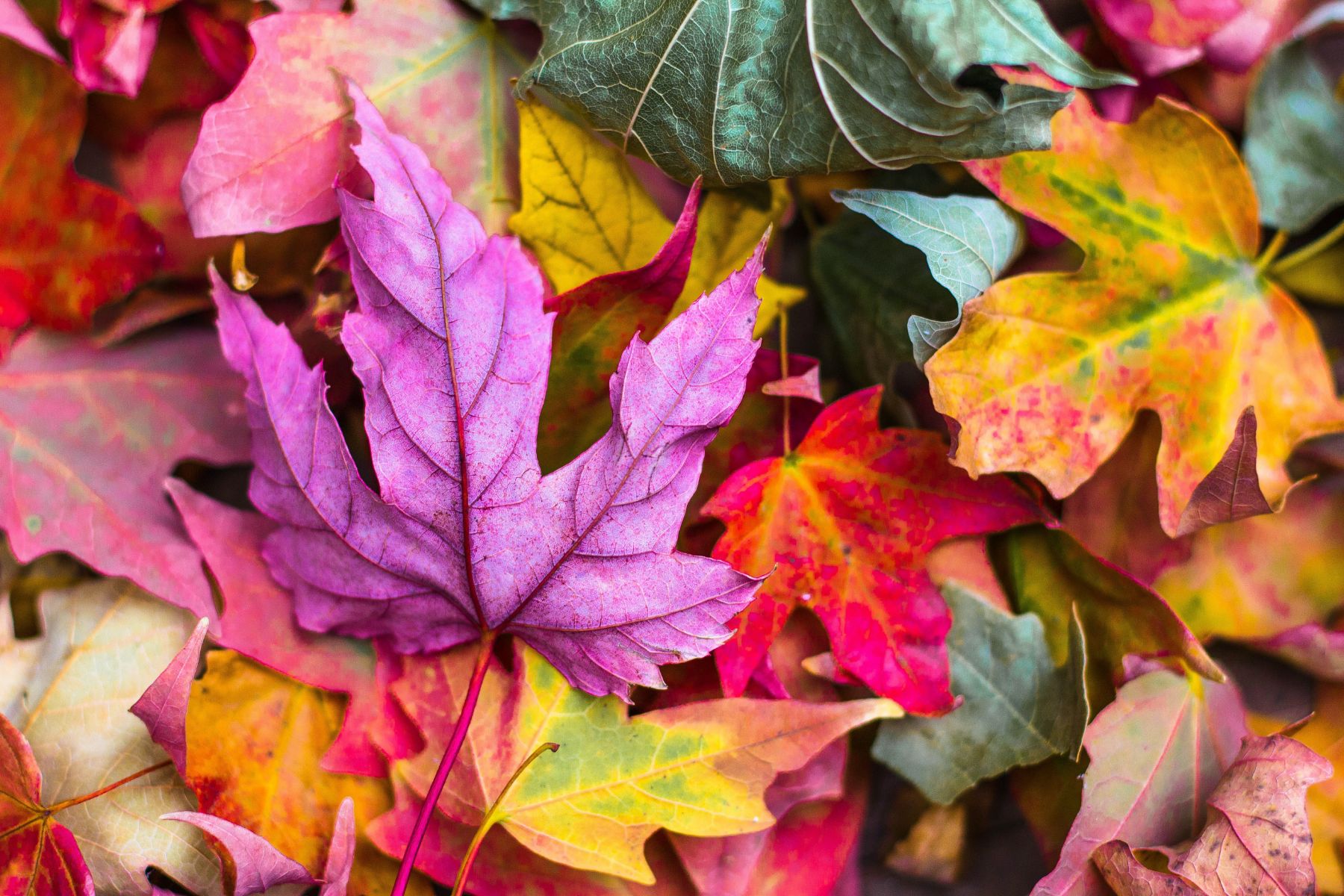Having a lush, green lawn isn’t something that just happens. If you want to have the best yard on the block, some tender love and care need to go into maintaining your lawn, especially when it comes to water.
We are covering five important tips to remember when watering a lawn. Although it may sound as easy as turning on your sprinklers and letting your lawn do its thing, there is more to it than that. Keep in mind these basic practices to ensure effective watering is taking place.
Apply 1 inch of water
Do not overwater your lawn. We repeat, overwatering is a common cause of brown and unhealthy grass. You actually only need to water your grass when it needs it. Most grass species require about 1 inch of water each week to sustain healthy growth. This means you can plan to water your lawn 1 or 2 times each week depending on its soil conditions.

Water your lawn deep and infrequently
Watering the grass deep and infrequently encourages the roots to grow deeper into the soil. Deeper roots allow the grass and plants to survive stressful periods like droughts and hot sunlight as the top surface of the soil begins to dry out. Light, frequent watering promotes shallow roots and makes your plants susceptible to drought conditions. Deep and infrequent watering is the way to go.
Water first thing in the morning
Watering your lawn before the sun comes up is the most ideal time to get it done. If you choose to water your lawn at night, the grass is left moist and oversaturated for an extended period of time. This is when plants are most susceptible to harmful diseases. You’ll also want to avoid watering your lawn during the day because this time increases the risk of excessive evaporation.
Adjust the watering schedule as needed
Be sure to evaluate and adjust your watering schedule throughout the season. This is especially important when the lawn is most actively growing in the spring and summer months. If weather conditions become extreme and the possibility of drought is prevalent, more frequent watering will be required.
Water the lawn evenly
Sprinklers can do a great job of supplementing the lawn with water between natural rainfalls. On the flip side, placing and pointing sprinklers in the wrong area and direction can be very ineffective if the lawn is not watered evenly. Randomly placing rain gauges or empty containers across the lawn can help you measure waterfall in different areas of the lawn and help ensure each area receives equal water.





